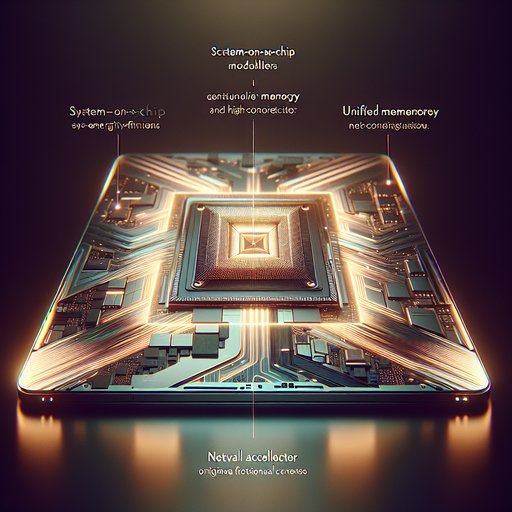
Telecommunications technology made headlines this week as Chinese operators showcased a working 6G network that shattered previous data transmission records. This demonstration, in which researchers achieved ultrafast download speeds far beyond current 5G capabilities, highlights the rapid pace at which global connectivity continues to evolve. With the industry just beginning to roll out advanced 5G devices, these promising developments signal a new chapter in mobile communications—one that could reshape everyday experiences and digital infrastructure in the years ahead.
Chinese operator China Mobile conducted a high-profile test of next-generation 6G wireless technology, demonstrating a jaw-dropping download speed of 280 gigabits per second. During the experiment, a 50-gigabyte file was downloaded in less than two seconds—an achievement that vastly exceeds the maximum theoretical throughput of today’s most advanced 5G networks. This remarkable demonstration not only underlines China’s commitment to technological leadership but also provides a glimpse into an ultra-connected future where high-resolution media, complex simulations, and immersive applications become seamless in daily life [1] [2].
This feat represents a significant milestone: the transmission rate achieved in the Chinese tests is roughly 14 times higher than 5G’s theoretical peak, a difference that is expected to enable new forms of instant connectivity and services never before possible. For consumers and industries alike, such speeds could revolutionize areas ranging from real-time cloud gaming and virtual reality to autonomous transport and large-scale data syncing for scientific research. The implications also extend to infrastructure management and automation, paving the way for smarter cities and industries with virtually no lag or bottlenecks [3].
The advantages of 6G are not just about raw speed. The expected improvements in reliability, latency reduction, and energy efficiency will likely drive a surge in new applications previously limited by the constraints of earlier wireless standards. Such breakthroughs could enable widespread adoption of advanced healthcare wearables, real-time language translation devices, and even brain-computer interfaces. As with each generational leap, 6G is set to build upon the lessons of its predecessors and deliver unprecedented capabilities for users and enterprises [4].
This week’s demonstration serves as both a technical showcase and a signal of the growing international momentum behind next-generation wireless research. While 5G is still expanding around the globe, with devices and networks becoming more ubiquitous, it is clear that the race to 6G is already well underway. Stakeholders in industry, government, and academia are taking notice, anticipating both challenges and opportunities that lie ahead as the telecom landscape shifts once again.
























